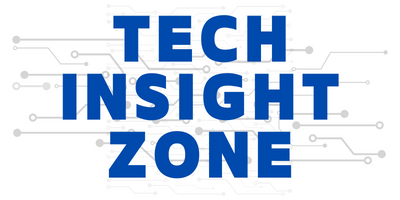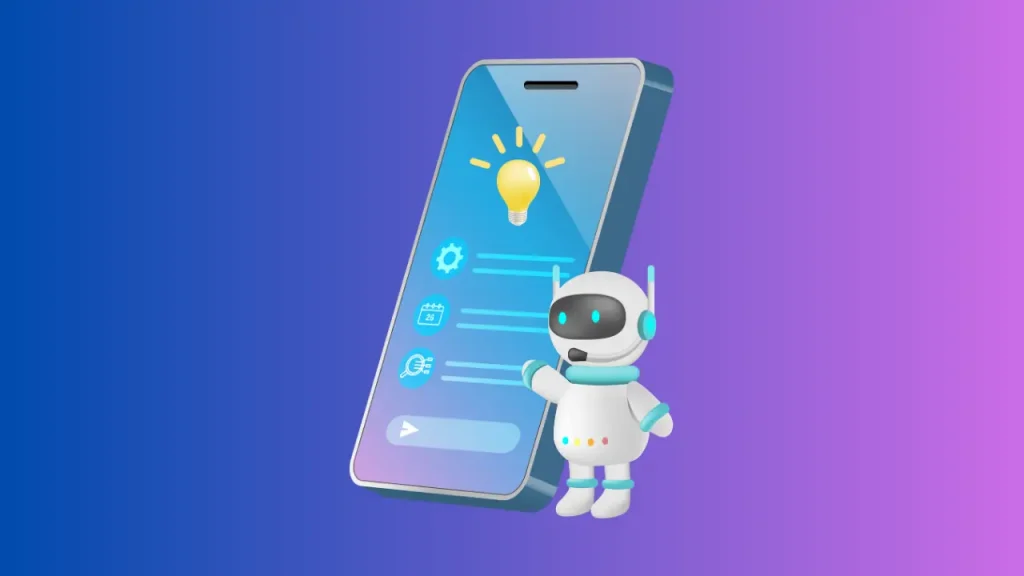Imagine being able to create realistic images just by using words, animate your own customized avatar that mimics your every move, or bring static pictures to life – all in a matter of seconds on your smartphone.
This is not just science fiction, but a sneak peek into the future presented by MediaTek at MWC 2024, with its groundbreaking Generative AI demonstrations.
MediaTek, a leading global fabless semiconductor powering more than two billion connected edge devices every year, is showcasing a series of new Generative AI demonstrations at Mobile World Congress 2024, all of which are utilizing the latest generation of APU hardware featured in the Dimensity 9300 flagship smartphone SoC.
Let’s take a closer look at this exciting discovery and consider how it could potentially transform the way we interact with technology.
Redefining the Smartphone: From Passive Consumers to Active Creators
For years, smartphones have primarily served as conduits for consuming information and entertainment. However, MediaTek’s Generative AI ushers in a paradigm shift, empowering users to transform from passive consumers to active creators.
Features like SDXL Turbo will soon translate text into stunning visuals in real-time, unlocking exciting avenues for self-expression. Crafting personalized greeting cards, designing unique social media posts, or even illustrating children’s stories would be easier – all on the fly, fueled by your imagination.
a. Beyond Selfies: Personalized Avatars Take Center Stage
The Low-Rank Adaptation (LoRA) Fusion technology will take personalization to another level. Imagine capturing yourself and instantly transforming into an animated avatar that mirrors your movements and expressions in real time.
This opens doors to immersive experiences like live-streaming with a personalized touch, enhancing video calls with a playful twist, or creating interactive avatars for gaming or educational applications.
b. The Power of On-Device Processing: Privacy and Performance United
Traditionally, AI-powered features relied heavily on cloud processing, raising concerns about privacy and latency. MediaTek’s brilliance lies in enabling these Generative AI capabilities entirely on-device, thanks to the advanced APU hardware in its Dimensity 9300 chip.
This would not only ensure faster response times but also empower users with greater control over their data, keeping their creations and personal information secure.
Accessibility and the Democratization of Creativity
While currently showcased on the flagship Dimensity 9300 chip, MediaTek’s commitment lies in making Generative AI accessible to a wider audience. As the technology matures and integrates into more affordable chipsets, the potential for user-generated content explodes.
As of now, we don’t know exactly when these new features will be available to users, but we anticipate that this will take not very long.
It’s understandable, that every discovery seems lucrative at first glance, and nowadays we can see that most tech companies are now moving towards generative AI.
Is this a positive development?
A Glimpse into the Future: Where Does it Go from Here?
MediaTek’s Generative AI is just the first step on a transformative journey. As developers delve into this new realm, we can expect even more exciting applications to emerge. Imagine AI-powered photo editing that suggests improvements or automatically generates different artistic styles.
Think intelligent assistants that create personalized music based on your mood or write poems inspired by your experiences. The possibilities are truly endless, pushing the boundaries of how we interact with technology and unleashing boundless creativity.
a. Beyond Tech: A Cultural Shift on the Horizon
MediaTek’s Generative AI isn’t just a technological advancement; it’s a cultural shift. It empowers individuals to actively shape their digital experiences, fostering self-expression, and unlocking new avenues for connection and creativity.
As this technology evolves and becomes more accessible, we stand on the precipice of a future where smartphones transform from consumption portals to powerful tools for creation, shaping a vibrant landscape where individual imagination takes center stage.
b. Exploring Further: The Potential Impact on Different Industries
1. Education: Imagine interactive learning experiences where students create animated lessons, visualize historical events, or explore scientific concepts through AI-generated simulations.
2. Social Media: Personalized avatars could foster deeper connections on social platforms, enabling more expressive communication and fostering stronger communities.
3. Art and Design: Democratizing creative tools, users could design personalized clothing, craft unique home decor, or even generate custom artworks, blurring the lines between consumer and creator.
4. Accessibility: Generative AI has the potential to revolutionize accessibility by creating personalized interfaces and experiences tailored to individual needs.
c. Challenges and Considerations
1. Ethical Concerns: As with any powerful technology, ethical considerations arise regarding potential misuse, bias, and the implications of manipulating reality through AI-generated content. Responsible development and robust ethical frameworks are crucial.
2. Digital Divide: Ensuring equitable access to Generative AI tools across demographics and socioeconomic backgrounds will be essential to avoid exacerbating existing divides.
3. Privacy and Security: On-device processing promises greater data privacy, but robust security measures must be in place to safeguard user information.
So, this AI advancement might have a good and bad impact on the human race, and only time can tell whether we are doing it right or wrong. Bookmark Tech Insight Zone for daily tech updates.
The Takeaways:
MediaTek’s Generative AI isn’t just a technological advancement; it’s a cultural shift. It empowers individuals to become active participants in shaping their digital experiences, fostering self-expression, and unlocking new avenues for connection and creativity.
As this technology evolves and becomes more accessible, we stand on the precipice of a future where smartphones transform from consumption portals to powerful tools for creation, shaping a vibrant landscape where individual imagination takes center stage.
Furthermore, this groundbreaking innovation complements recent advancements like Adobe’s AI Assistant for Acrobat Reader, showcasing the rapid evolution of AI across diverse sectors.
As MediaTek pushes boundaries with its AI capabilities, it prompts reflection on the practicality and efficacy of Adobe’s AI integration in enhancing user experiences. Explore how these cutting-edge developments shape the future landscape of technology and user interaction.





